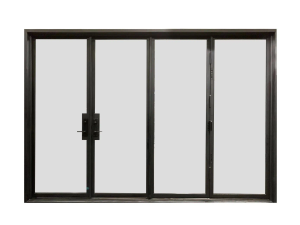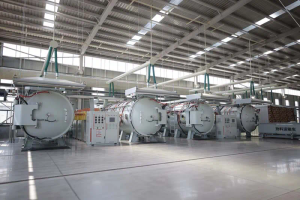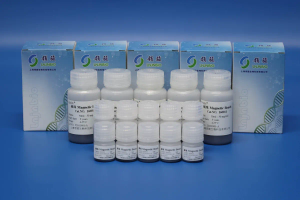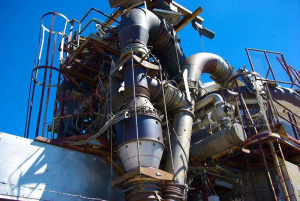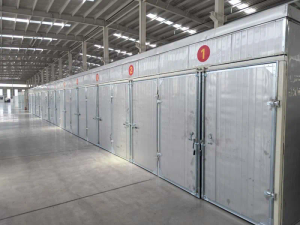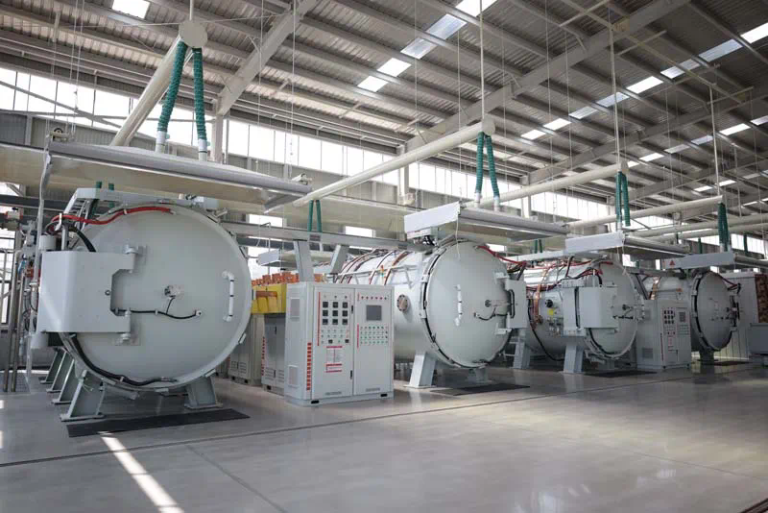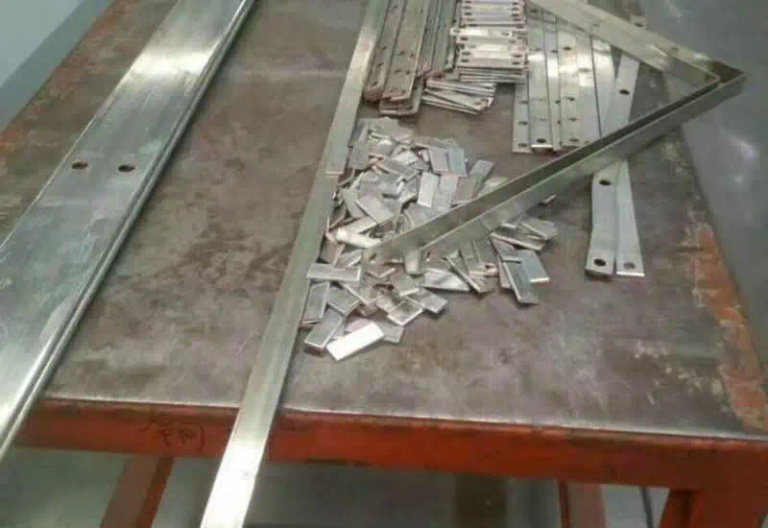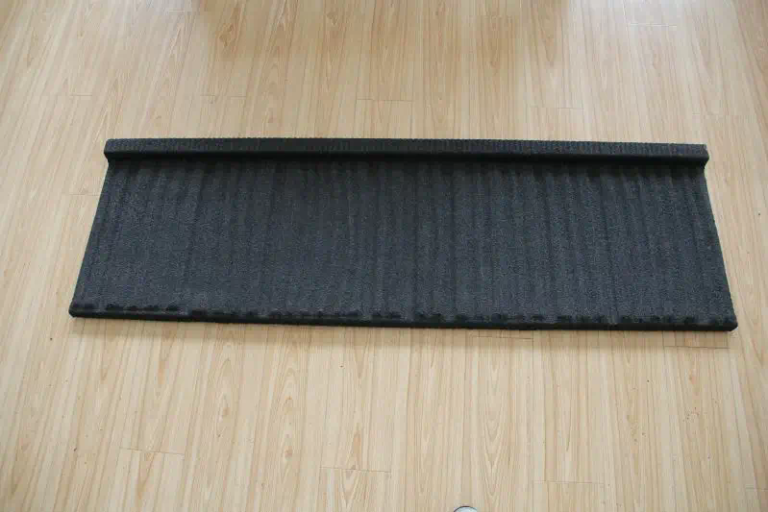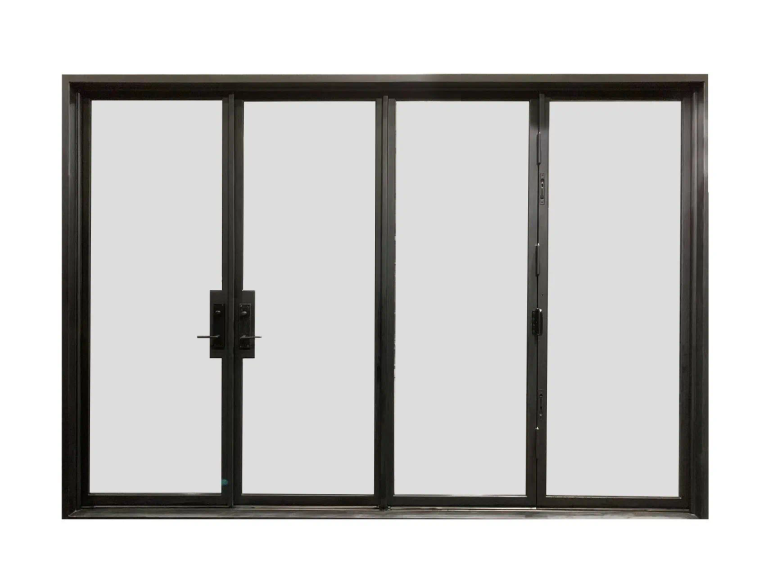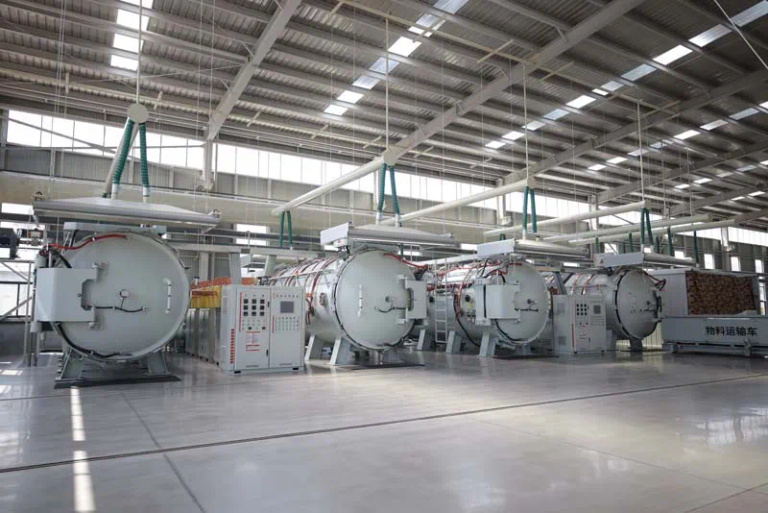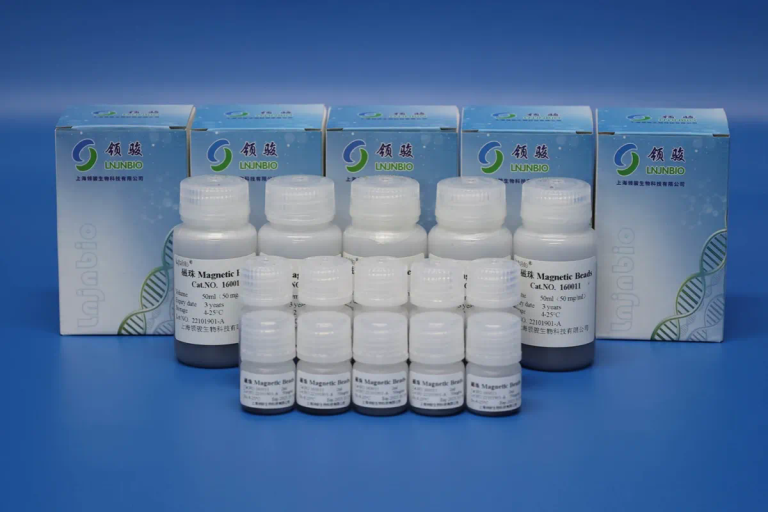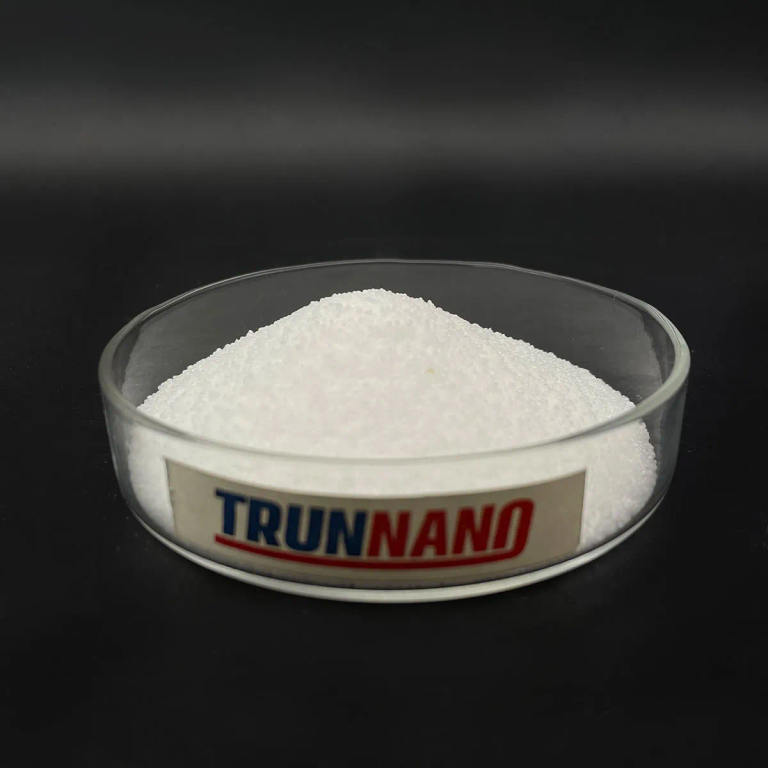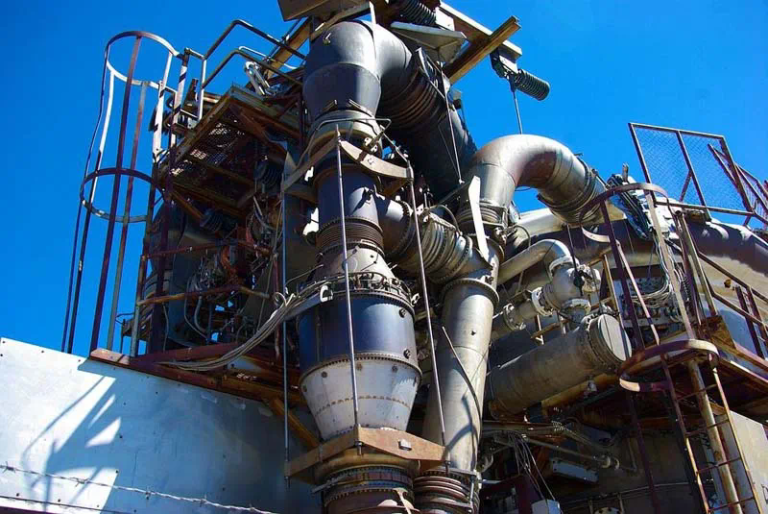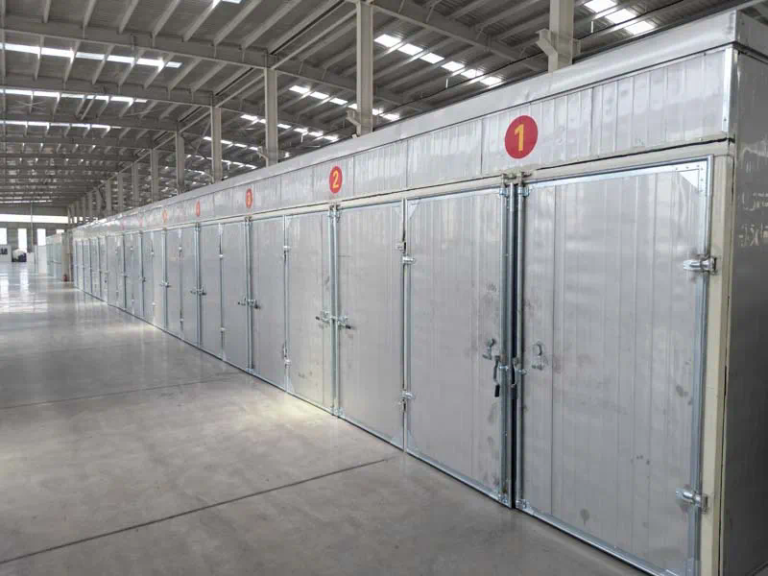Titanium diboride (TiB2) is an advanced ceramic material that has garnered significant attention in aerospace applications due to its exceptional properties. Known for its high hardness, excellent thermal conductivity, and remarkable resistance to wear and oxidation, TiB2 is increasingly being utilized in various components of aerospace technology. This article explores the unique characteristics, synthesis methods, applications, and future potential of titanium diboride in the aerospace sector.
p Titanium diboride is a binary compound composed of titanium and boron, typically characterized by its metallic luster and high melting point of approximately 2980 °C. Its crystalline structure, which belongs to the hexagonal system, contributes to its impressive mechanical properties. The material exhibits outstanding hardness, rated around 9 on the Mohs scale, making it one of the hardest known materials. This hardness is crucial for aerospace applications where components are subject to extreme conditions.
h2 Mechanical Properties
p One of the most remarkable features of titanium diboride is its mechanical strength. The combination of high hardness and toughness allows TiB2 to withstand considerable stress without fracturing. This makes it especially valuable in aerospace engineering, where materials must endure high pressures and temperatures. Additionally, TiB2 shows minimal thermal expansion, which is advantageous when constructing components that experience wide temperature fluctuations during operation.
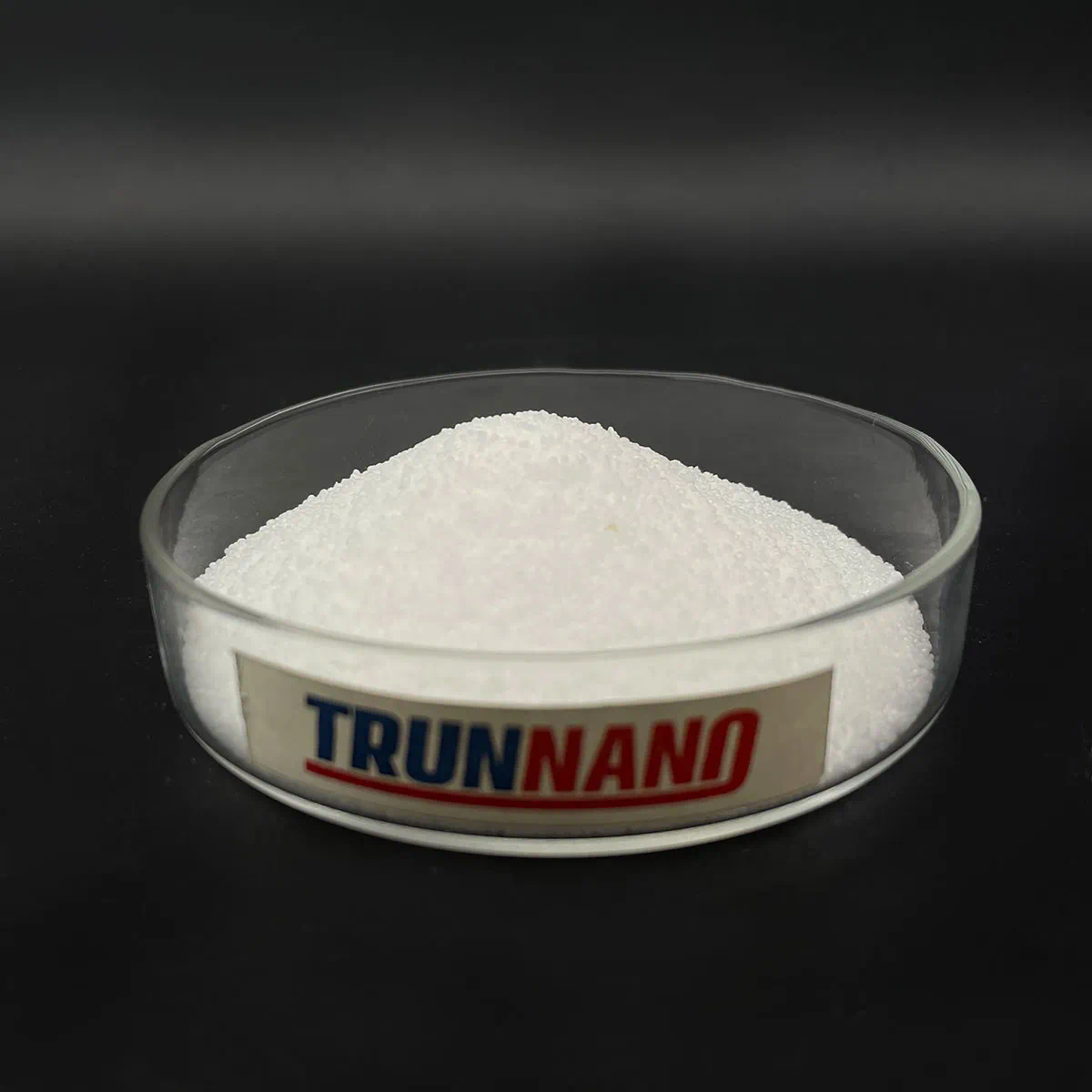
p Another critical property of titanium diboride is its high thermal conductivity, which is essential in heat management systems within aerospace vehicles. Efficient heat dissipation is necessary to prevent overheating and ensure the longevity of sensitive electronic components. TiB2’s ability to conduct heat effectively makes it an ideal choice for applications in which temperature control is paramount.
h3 Chemical Stability and Oxidation Resistance
p Titanium diboride also exhibits excellent chemical stability and resistance to oxidation. In the harsh environments typical of aerospace applications, materials are exposed to corrosive elements and extreme thermal conditions. TiB2 maintains its integrity under oxidative atmospheres, making it suitable for use in environments where other materials might degrade rapidly. This property is particularly important in components that operate at high altitudes or in outer space, where exposure to radiation and reactive particles can compromise material performance.
h2 Synthesis Methods
p The production of titanium diboride can be achieved through various synthesis methods, each offering different advantages and potential applications. The most common techniques include solid-state reaction, chemical vapor deposition (CVD), and reactive hot pressing.
p The solid-state reaction method involves the direct reaction of titanium and boron powders at elevated temperatures. This process can yield high-purity TiB2 but often requires careful control of temperature and atmosphere to prevent contamination.
p Alternatively, chemical vapor deposition allows for the growth of thin films of TiB2 on substrates. This technique is particularly useful for producing coatings that enhance surface properties, such as wear resistance and thermal stability. CVD can be tailored to create layered structures that combine the benefits of TiB2 with other materials.
h3 Reactive Hot Pressing
p Reactive hot pressing is another effective method for synthesizing titanium diboride. This process combines pressure and temperature to facilitate the reaction between titanium and boron in a controlled environment. As a result, dense, high-performance TiB2 ceramics can be produced, which are suitable for use in demanding aerospace applications.
h2 Applications in Aerospace
p The aerospace industry is one of the primary sectors benefiting from the unique properties of titanium diboride. Its applications range from structural components to thermal protection systems.
p In structural applications, TiB2 can be used to reinforce lightweight composites, providing enhanced strength without significantly increasing weight. This is particularly beneficial for aircraft design, where reducing weight is critical for improving fuel efficiency and performance.
h3 Thermal Protection Systems
p Titanium diboride is also employed in thermal protection systems (TPS) for spacecraft. The ability of TiB2 to withstand high temperatures and resist oxidation makes it an ideal candidate for components exposed to extreme thermal stresses during re-entry into the Earth’s atmosphere. TPS materials need to endure not only high temperatures but also mechanical stresses, and TiB2’s unique properties make it suitable for these demands.
p Furthermore, the aerospace sector is increasingly focused on the development of hypersonic vehicles, which require materials capable of withstanding temperatures exceeding 2000 °C. Titanium diboride’s high melting point and thermal stability position it as a promising candidate for future Molybdenum Disulfide hypersonic applications.
h2 Future Research and Development
p As the demand for advanced materials continues to grow in aerospace applications, ongoing research is focusing on enhancing the properties of titanium diboride. Innovations in synthesis techniques aim to improve the uniformity and density of TiB2, leading to even better performance in practical applications.
p Moreover, researchers are investigating the potential of TiB2 composites, combining it with other materials to further enhance mechanical and thermal properties. These composites could lead to breakthroughs in lightweight, high-strength materials that meet the rigorous demands of modern aerospace engineering.
h3 Environmental Considerations
p As with any advanced material, the environmental impact of titanium diboride production and usage is an important consideration. Sustainable practices in the synthesis of TiB2, including recycling methods and reduced emissions, are becoming increasingly relevant. The aerospace industry is under pressure to innovate not only in terms of performance but also in sustainability, and titanium diboride has the potential to contribute positively in this regard.
h2 Conclusion
p In summary, titanium diboride stands out as a premier advanced ceramic material for aerospace applications, thanks to its remarkable hardness, thermal conductivity, and oxidation resistance. As research continues to unlock the full potential of this versatile material, its role in aerospace technology is likely to expand significantly.
p The future of titanium diboride in the aerospace industry looks promising, with ongoing developments aimed at enhancing its properties and exploring new applications. With its unique combination of physical and chemical characteristics, TiB2 is poised to become an integral component in the next generation of aerospace materials, contributing to safer, more efficient, and more sustainable aviation and space exploration.
